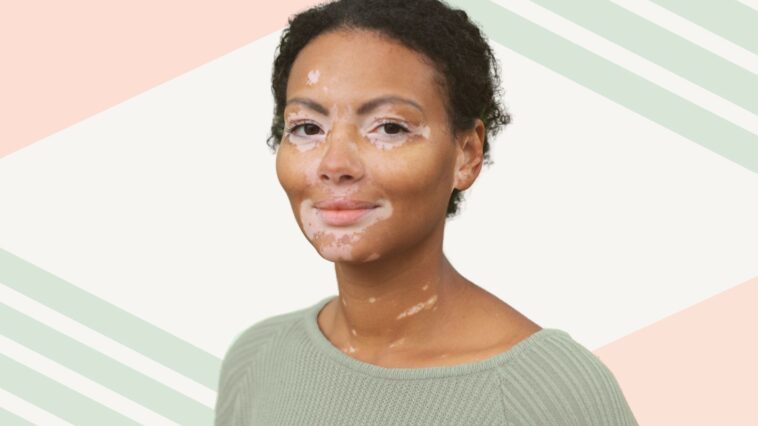More than a year back, the US Food and Drug Administration (FDA) approved topical Ruxolitinib (Opzelura) for repigmentation of nonsegmental vitiligo in a ground-breaking development. It was seen as a significant milestone in the treatment of the skin disorder.
The approval was preceded by many clinical trials. The trials on Ruxolitinib focused on individuals aged 12 and older with non-segmental vitiligo and a body surface area of 10% or less. The primary efficacy endpoint, Facial Vitiligo Area Scoring Index (F-VASI) 75, showed a 30% improvement with Ruxolitinib cream at week 24. The results were consistent across two identical pivotal trials, TRuE-V1 and TRuE-V2.
How Does Ruxolitinib Work and Reported Side Effects
Ruxolitinib works on the inside of cells, disrupting the production of inflammatory chemokines responsible for attacking melanocytes in vitiligo. The most common adverse events of using Ruxolitinib reported in TRuE-V1 and TRuE-V2 trials were application site acne, pruritus, and nasopharyngitis, each occurring at a rate of around 5-6%. Adverse events were generally well-tolerated, with application site acne easily manageable with topical treatments.
Ruxolitinib for Vitiligo – Points to Note
Dermatologists across the world have expressed optimism about Ruxolitinib for vitiligo, hoping for expanded use in younger individuals and potentially larger body surface areas. As the first year with Ruxolitinib comes to a close, the dermatological community anticipates further advancements and improved outcomes for patients with vitiligo. Some dermatologists feel Phototherapy, specifically narrow-band UVB, which has shown clinical evidence over the years, can be effectively used in conjunction with topical steroids and calcineurin inhibitors.
Ruxolitinib for Vitiligo – A Word of Caution
Using Ruxolitinib without prospection from a qualified healthcare petitioner can be counterproductive and a risky proposition in the management of vitiligo. Once you get a green signal from your GP for Ruxolitinib use, setting realistic expectations is crucial too, and understanding that results may take time is key. Additionally, documenting patients’ previous vitiligo treatments is essential, as is informing them that Ruxolitinib is approved for use on up to 10% of the body surface area.

